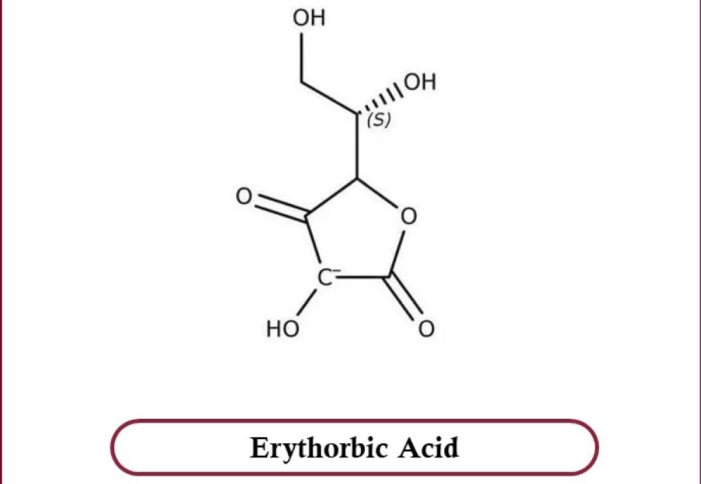Advancing Bone Microarchitecture Analysis with TBS Osteo
Medimaps Group S.A., a global leader in AI-driven bone health technology, has secured FDA 510(k) clearance in the United States and MDR certification in the European Union for its latest innovation, TBS Osteo. This next-generation Trabecular Bone Score (TBS) software enhances bone microarchitecture evaluation, expands patient eligibility, and integrates seamlessly within clinical workflows. The company plans to launch the updated version across its 90 established markets worldwide.
“We recognize the increasing challenges faced by radiology departments. With the new generation of TBS Osteo, our goal is to provide clinicians with advanced tools that optimize patient care while maintaining high clinical standards,” said Univ.-Prof. Dr. Didier Hans, CEO and Co-founder of Medimaps.
TBS Osteo remains the only FDA-approved medical device software dedicated to bone microarchitecture assessment in clinical settings. Since 2022, it has been eligible for four Category 1 reimbursement CPT codes in the U.S., further cementing its role in osteoporosis diagnostics.
Transforming Bone Health Diagnostics
By converting DXA scan data into precise, clinically actionable insights, TBS Osteo complements traditional bone mineral density (BMD) measurements, allowing for a more comprehensive evaluation of osteoporotic fracture risks. Medimaps has invested over 14 years into the research and refinement of TBS Osteo, with the latest advancements bringing key benefits:
Broader Patient Inclusion: The new version extends eligibility beyond standard BMI parameters by incorporating direct tissue thickness assessment, enabling more diverse patient populations to undergo fracture risk evaluation.
Enhanced Connectivity: The updated platform integrates seamlessly with multiple DXA systems, providing secure, remote access to patient data across networked computers within medical facilities.
Improved Usability: A redesigned interface streamlines clinical workflows, ensuring ease of integration into routine medical practice.
With over four million procedures performed annually and endorsements from more than 30 national and international clinical guidelines, TBS Osteo has established itself as a critical tool in osteoporosis management. Beyond clinical practice, it plays a significant role in pharmaceutical research and trials, particularly in fields such as women’s health, rheumatology, endocrinology, oncology, and sports medicine, where bone fragility is a major concern.
Commentary by SuppBase columnist Alice Winters

The FDA 510(k) clearance and MDR certification mark a significant milestone for Medimaps Group, reinforcing the credibility of TBS Osteo in osteoporosis diagnostics. However, while regulatory approvals validate safety and efficacy, the real-world impact of this software hinges on adoption rates and clinical utility.
One of the key strengths of TBS Osteo is its ability to provide a more nuanced analysis of bone health beyond standard bone mineral density (BMD) assessments. Traditional DXA scans, while widely used, have limitations—particularly in capturing bone microarchitecture integrity. The integration of TBS Osteo into routine osteoporosis evaluation addresses this gap, offering clinicians a more robust risk assessment tool.
However, despite its clinical advantages, several challenges remain. First, adoption across radiology and primary care settings depends on clinician awareness and willingness to integrate new technology. While Medimaps highlights usability improvements, workflow disruption and training requirements could slow implementation. Moreover, reimbursement policies, though supportive, may not be universally accessible, limiting uptake in cost-sensitive healthcare systems.
Another consideration is the broadening of patient eligibility criteria. Expanding assessments beyond traditional BMI cutoffs is commendable, as it allows for a more inclusive evaluation. Yet, this raises questions about data validity across diverse populations—will the software perform equally well across various demographics, including individuals with atypical bone structures? Long-term studies are needed to validate its predictive accuracy in real-world clinical settings.
On a market level, TBS Osteo’s success will be contingent on its ability to differentiate itself from competing bone health assessment tools. AI-driven diagnostics are becoming increasingly common, and while TBS Osteo has a strong foothold, continued innovation and competitive pricing will be necessary to maintain leadership in the segment.
In conclusion, Medimaps’ latest advancements in TBS Osteo represent a noteworthy step forward in osteoporosis diagnostics. However, widespread adoption will depend on addressing integration barriers, ensuring cost-effectiveness, and continuing to validate the software’s effectiveness across diverse patient populations. The coming years will determine whether TBS Osteo becomes a standard of care or remains a specialized tool within the broader landscape of bone health assessment.



